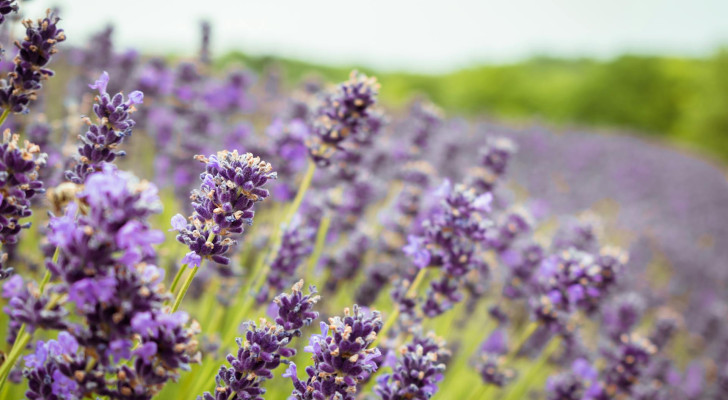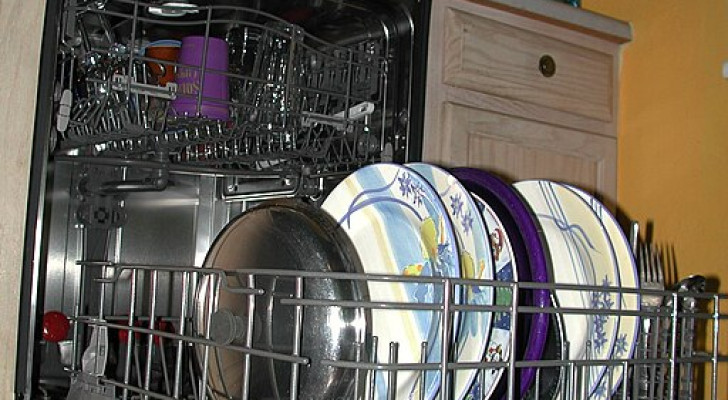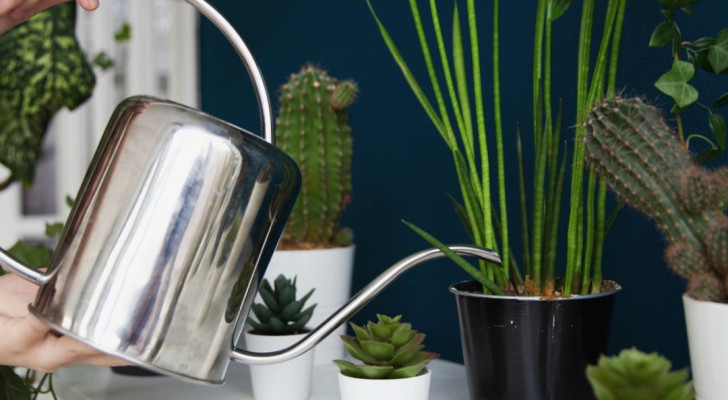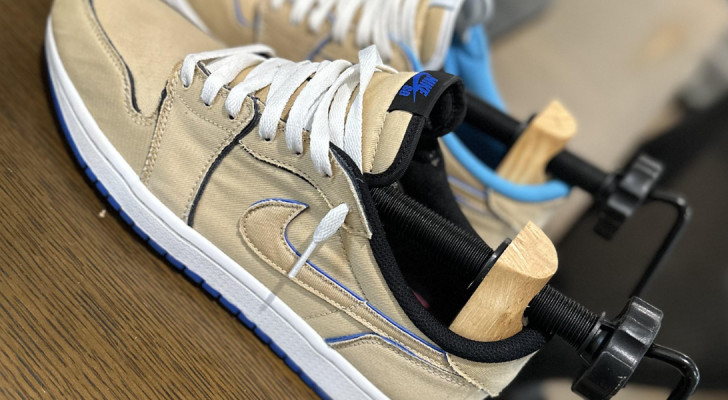Lavender propagation: a short, handy guide on how to do this successfully

Robust and suited for many types of climate, lavender is a plant that also grows "in the wild" in many areas of the Mediterranean. This versatile plant is also particularly valued for its usefulness in the kitchen, for the production of cosmetics and, of course, its decorative beauty.
If you want to raise lavender plants yourself, you only need to buy a single plant and propagate it to get lots of new, free plants! Below, we show you how to do this in a step-by-step guide:
Care and propagation
To successfully propagate lavender, the host plant must be in good health and it's important that you ensure this:
- Place your lavender plant in a sunny, well-ventilated spot; although lavender can tolerate extreme climatic conditions, it can suffer when exposed to frequent, intense night frosts. During winter, protect your plant with a plant-protecting sheet when it's very cold;
- Although levender prefers calcareous soils, it will grown in almost any type of soil - as long as it is well-draining;
- Watering the plant should only be done when the soil is dry (to avoid water stagnation problems); fertilizing the plant is not necessary.
If you have followed all the above advice and your lavender is healthy and robust, you can proceed to propagatie it by taking cuttings at the end of the flowering period (ie. when it's time to prune).
At the end of summer it is necessary to prune your lavender plant to remove the spent flower stems, maintain the shape of the plant and encourage new shoots to grow.
At the same time, you can take cuttings (using with a pair of sterilized scissors/shears) and cutting segments off of about 10-15 cm in length from the non-flowering stems that are at least one year old.
Step-by-step procedure for successful propagation

Once you have taken the above-described cuttings, proceed as follows:
- Remove the basal (lower) leaves from the cuttings and dip their ends in a rooting powder;
- You can plant your cuttings directly into a well-draining pot, with the soil ideally composed of peat and coarse sand;
- Cover the pot with a plastic bag and keep the soil moist by watering regularly. Wipe away any condensation that may build up on/in the plastic bag;
- When the first shoots begin to appear, it means that your cuttings are properly rooted and you can remove the plastic bag. Then, move your new plants to a sunny spot which is sheltered from the cold and drafts;
- Wait until the following spring before transplanting your new lavender plants outdoors in their final location.
Follow this step-by-step procedure and your new lavender plants will grow and thrive!





